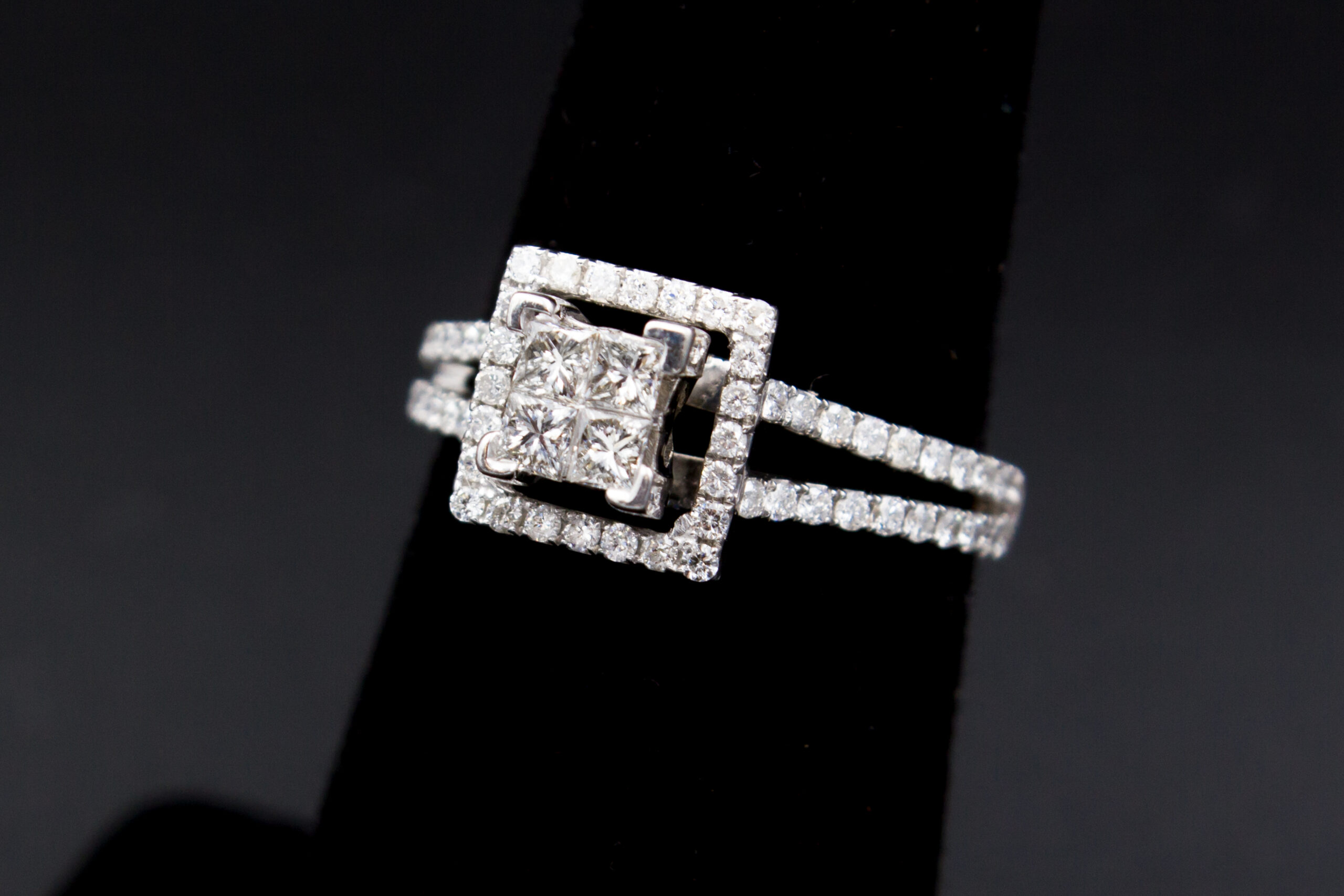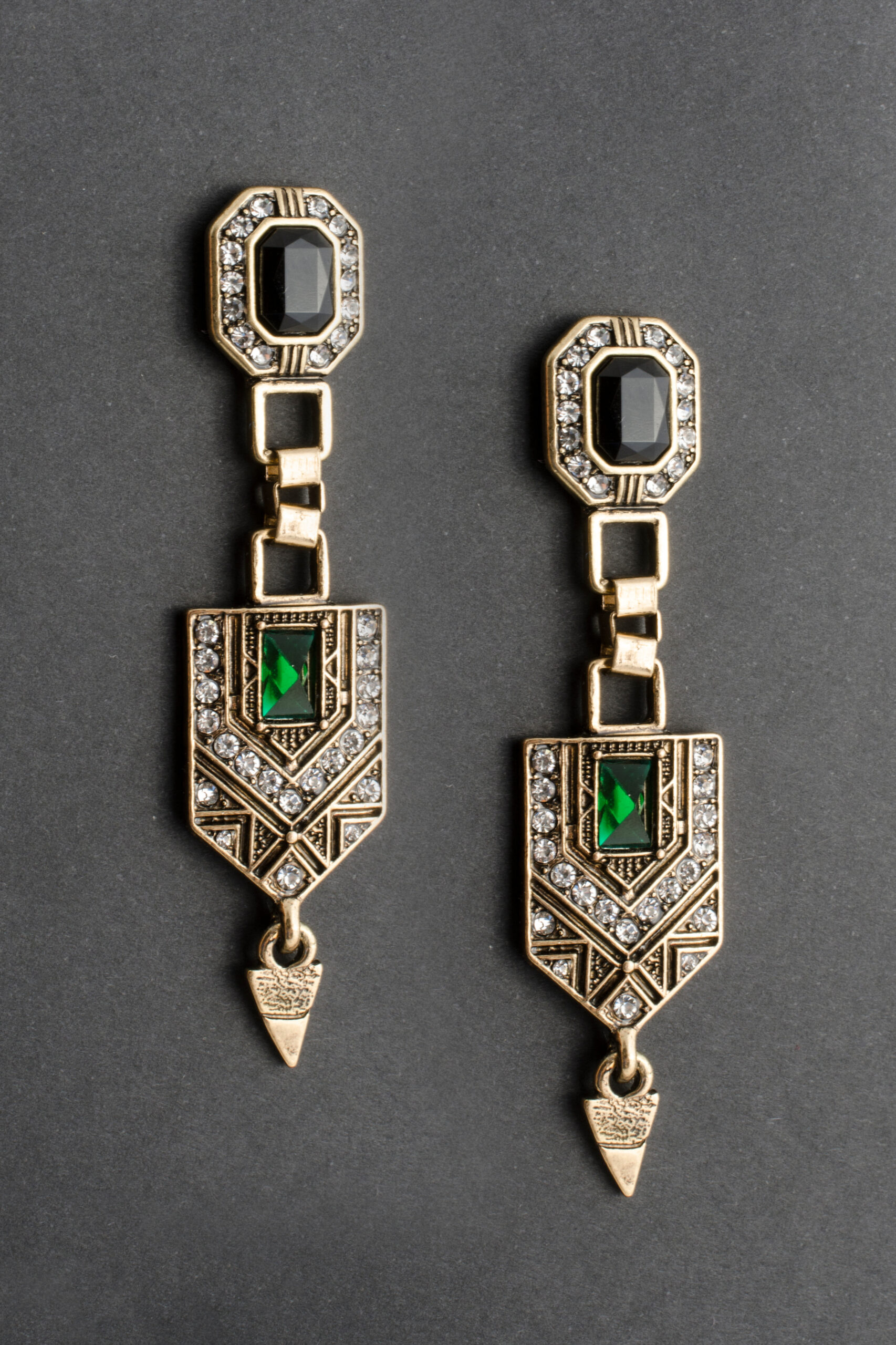
Sell Art Deco Jewellery to Our Expert Team
From sleek and stunning geometric designs to striking use of colour and luxurious materials, Art Deco remains one of the most iconic styles of the 20th century. At Burlingtons Ltd., we understand the rich history behind these glamorous, treasured pieces, ensuring that your Art Deco items are appreciated for their true value.
If you want to sell your Art Deco jewellery, watches, or solid silver items, we will gladly value them for you. Our experts will travel to your home, no matter where you live in the UK, to perform a specialist evaluation and provide you with a clear, accurate, market-value selling price. The offers we make are entirely no-obligation, and all valuations are completely free.
Get in touch with us today and speak to a member of our team about your pieces.
The History of Art Deco Jewellery Design
Emerging in the wake of the ornate Art Nouveau period, Art Deco marked a bold shift towards modernity in the early 20th century. As the world industrialised, the flowing lines and natural motifs of previous styles gave way to sharp geometry, symmetry, and sleekness.
Heavily influenced by the Industrial Revolution and shaped by the optimism of the Roaring Twenties, Art Deco jewellery featured luxury materials, geometric forms, and an embrace of modern manufacturing techniques. Art Deco’s appeal lay in its ability to balance opulence with restraint, creating timeless jewellery that continues to captivate collectors and enthusiasts nearly a century on.
The Characteristics of Art Deco Jewellery
Geometric Patterns
Art Deco designs are defined by prominent angular shapes, symmetry, and repetition. Unlike the flowing forms of Art Nouveau, Art Deco embraced zigzags, chevrons, sunbursts, and stepped forms, reflecting the era’s fascination with order and precision. These patterns created striking, structured pieces that still captivate collectors.
Luxury Materials
Designers used rare, imported materials like ivory, jade, onyx, mother-of-pearl, and precious woods and metals such as gold and platinum. Art Deco jewellery often featured brightly coloured gemstones – emeralds, sapphires, and rubies – set in intricate platinum designs, reflecting both wealth and sophistication.
Elegant Design
Art Deco’s focus on luxury and craftsmanship made it a favourite among wealthy clients. Items were often custom-made to reflect individual tastes and social status. In jewellery, this meant one-of-a-kind rings, necklaces, and bracelets featuring sleek geometric patterns and dazzling gemstones.
Cultural Influences
Art Deco was shaped by a wide range of global and artistic influences. Egyptian, African, Asian, and Mesoamerican motifs introduced exotic charm and bold patterns. At the same time, movements like Cubism, Futurism, and Modernism inspired its geometric shapes, clean lines, and emphasis on speed and innovation. These diverse sources blended to create Art Deco’s distinctive look – simultaneously rooted in ancient cultures and forward-looking in its celebration of modern life and technology.
Save time and money with our simple selling service
Our buyers are looking for quality Art Deco items


How to Tell if Your Piece Is Genuine Art Deco Jewellery
Authentic Art Deco jewellery is distinct and recognisable once you know what to look for. Created primarily between the 1920s and 1930s, genuine pieces often showcase bold geometric shapes, clean lines, and symmetrical designs. Look for motifs such as chevrons, sunbursts, and stepped forms, all inspired by the architecture and decorative arts of the time.
Materials also provide clues for art deco jewellery authenticity. Platinum was widely used, often paired with diamonds and coloured gemstones like onyx, emeralds, rubies, and sapphires. Many pieces combine contrasting colours for dramatic effect. Old mine-cut or European-cut diamonds are also a hallmark of the period.
Authentic Art Deco jewellery items are finely made, often by renowned jewellers of the era, and may bear maker’s marks or hallmarks. If a piece appears too modern or lacks the distinctive symmetry and material quality, it may be a later reproduction.
Get in touch with our experts to discuss your specific Art Deco piece and find out more about its origins.


Why Art Deco Remains Popular With Collectors
Art Deco jewellery and watches are some of the most iconic and sought-after pieces from the era, celebrated for their eye-catching designs, sought-after materials, and meticulous craftsmanship. The first of these high-value items were often bespoke creations, made for wealthy clients. Another popular area are Art Deco watches, especially from luxury watchmakers such as Cartier, Patek Philippe, and Jaeger-LeCoultre. These watches often featured fine materials, bold dials, and geometric cases, making them status symbols that remain highly collectible today.
Art Deco pieces remain highly collectible because of their striking designs, high-quality materials, and cultural significance. Whether it’s a jewellery piece or a decorative item, we recognise the value of these historic treasures, providing you with accurate and competitive valuations for your Art Deco jewellery.
Pass on the Legacy of Art Deco Pieces
Your vintage Art Deco jewellery pieces deserve to be appreciated and preserved for future generations. We understand the legacy behind every Art Deco item and ensure that each piece is handled with care and expertise. We offer personalised valuations and immediate, competitive offers, giving you the confidence that your treasured items are in trusted hands.
Contact us today for a free, no-obligation consultation on selling your Art Deco jewellery.
Expert valuations and competitive upfront offers
Sell your Art Deco items to our professionals today